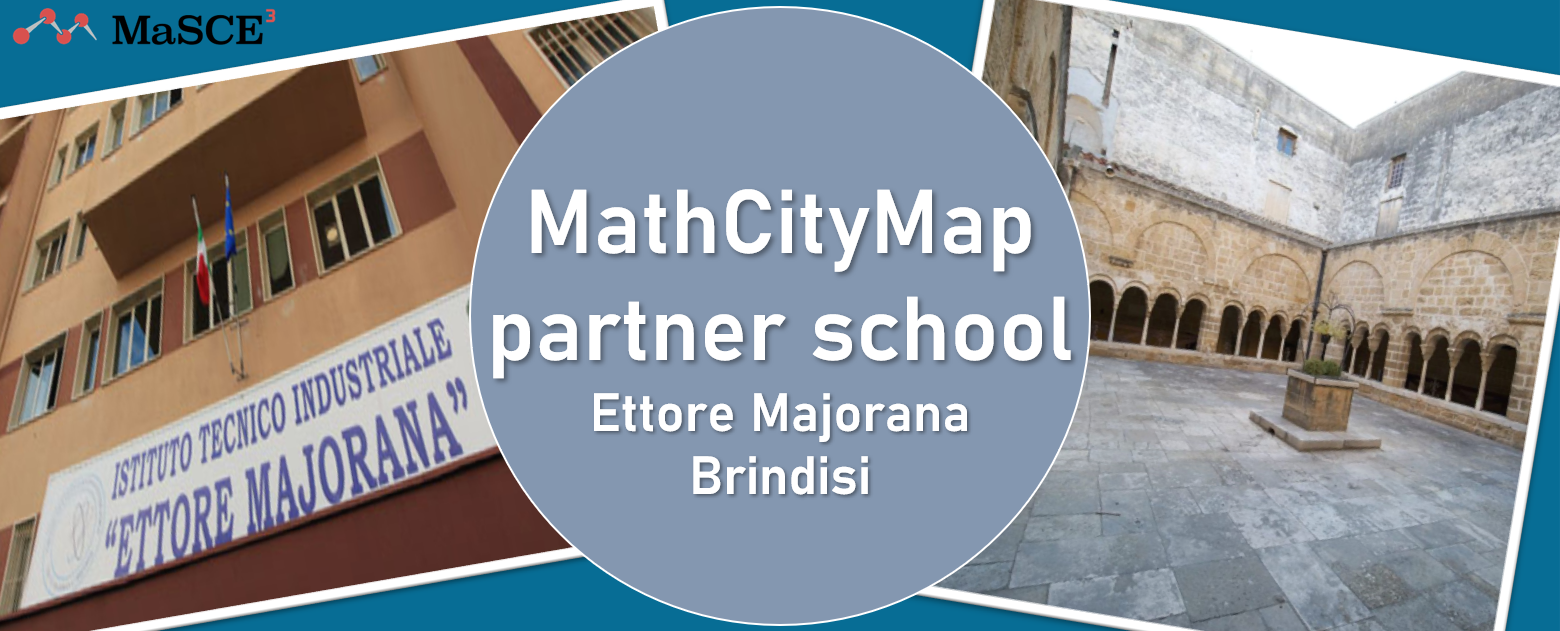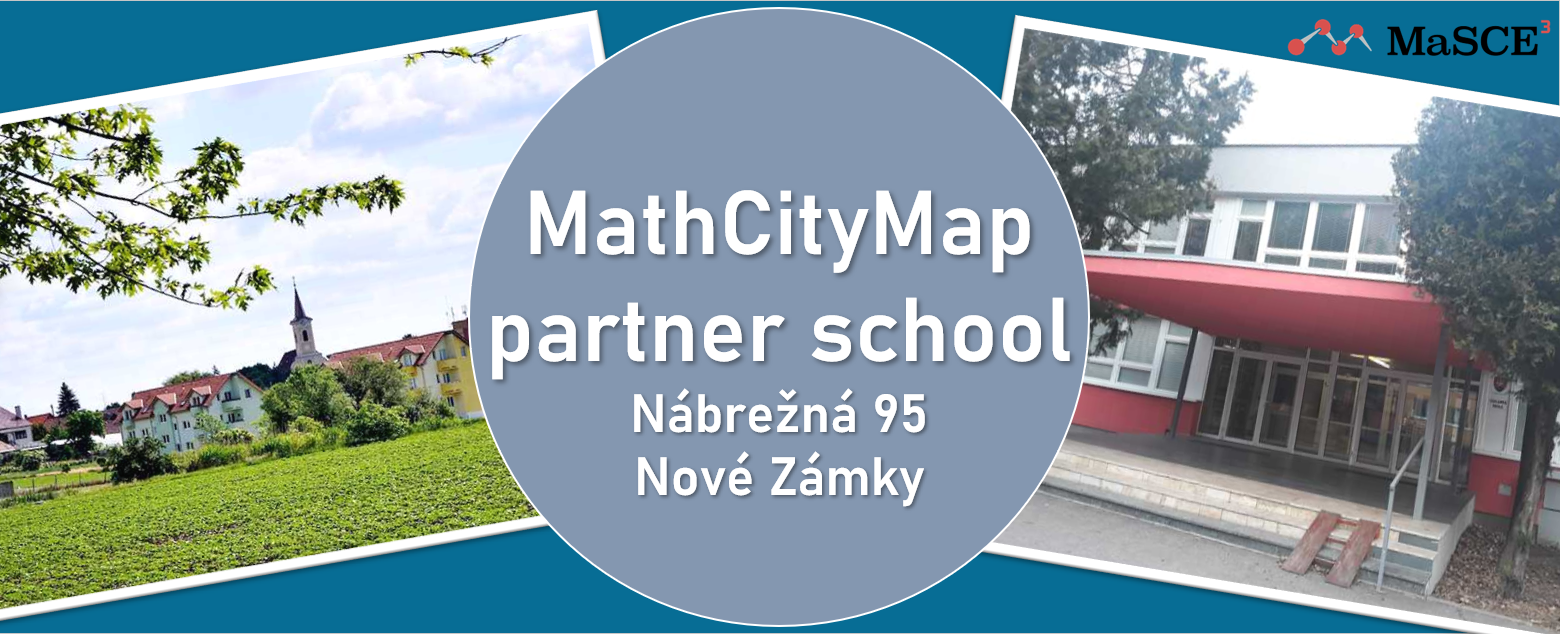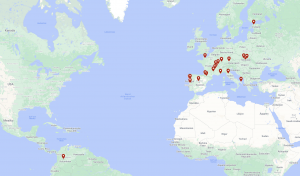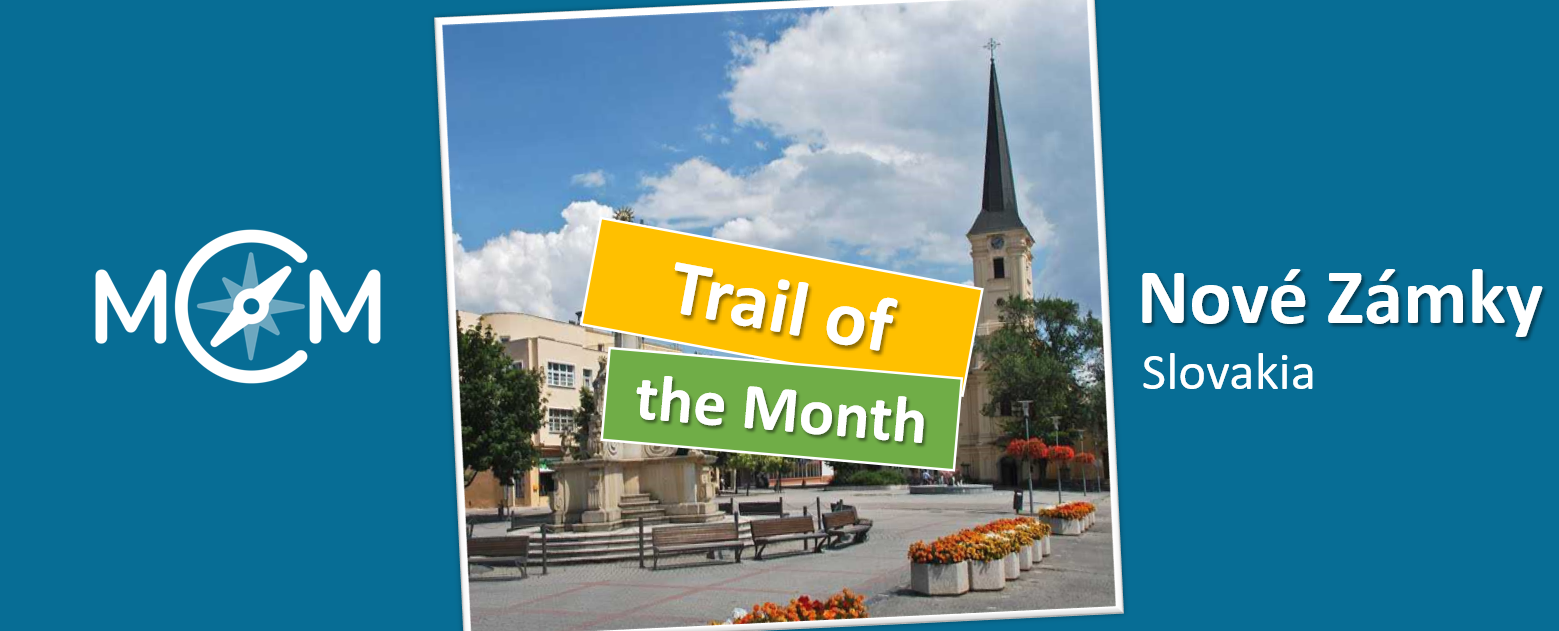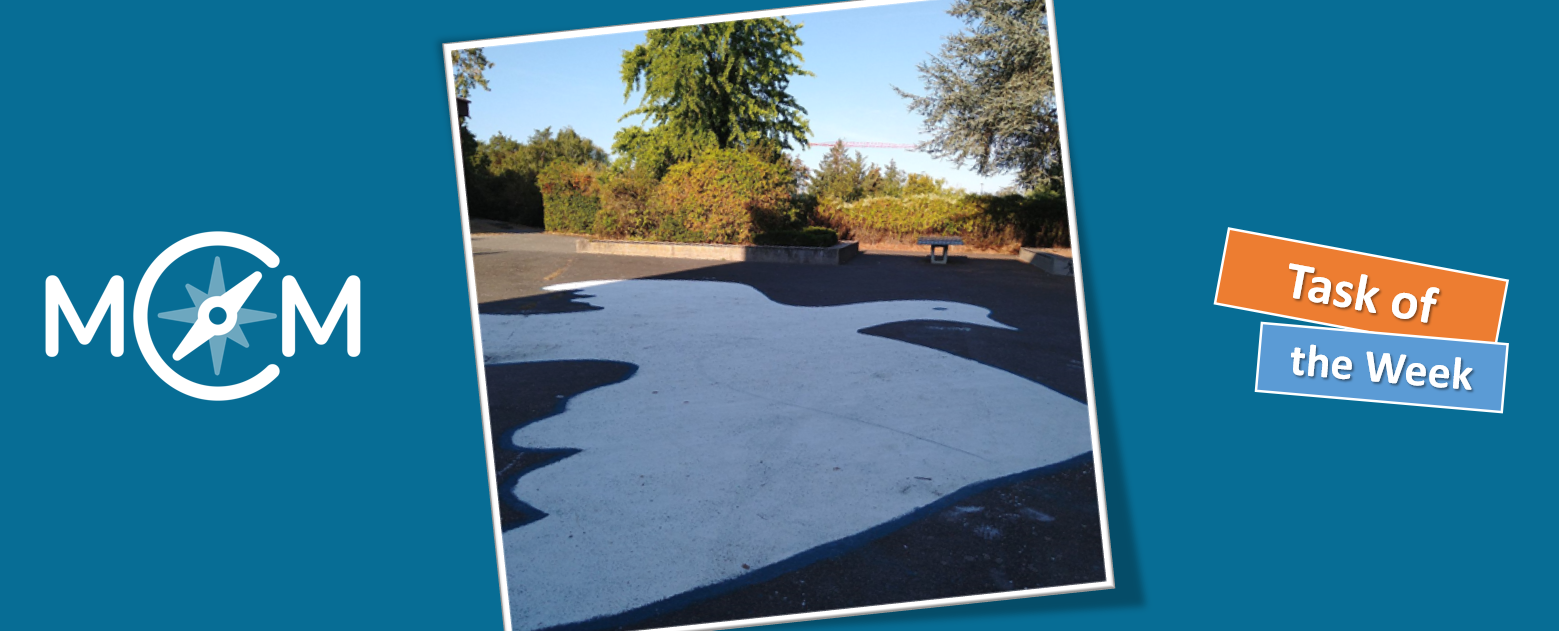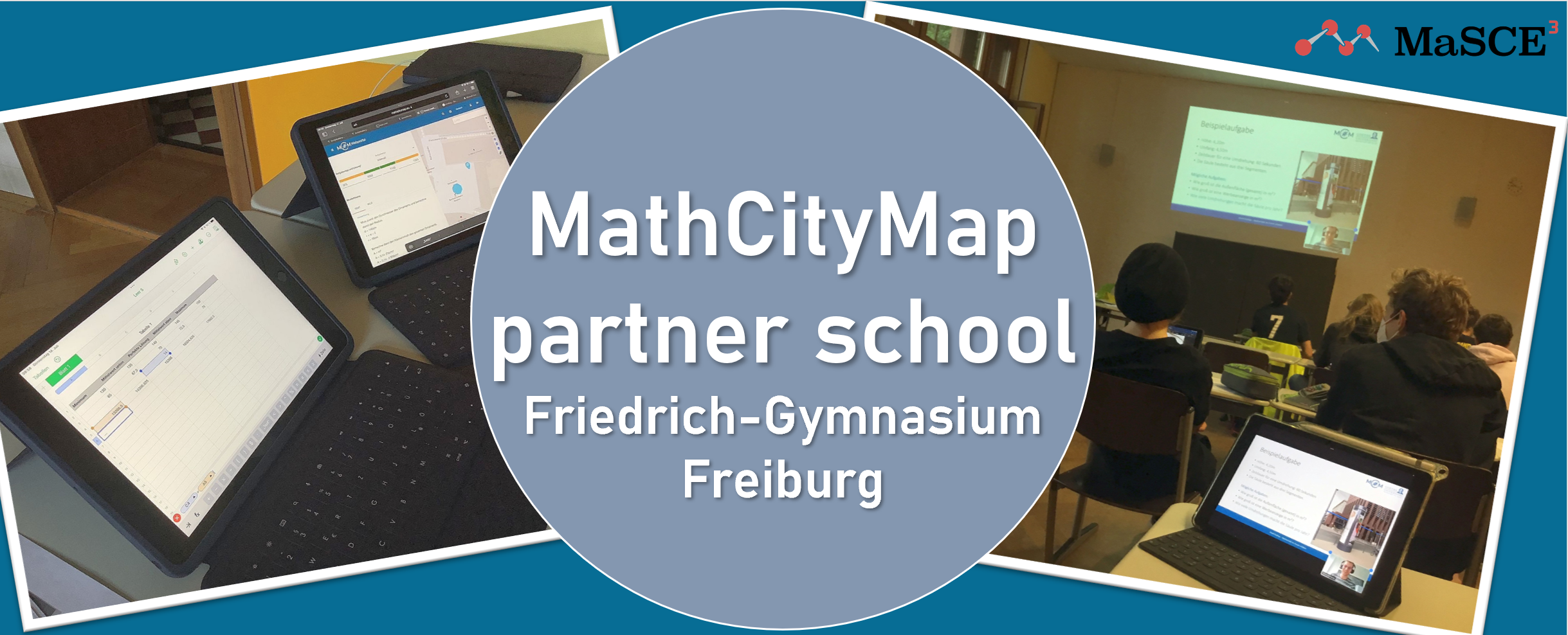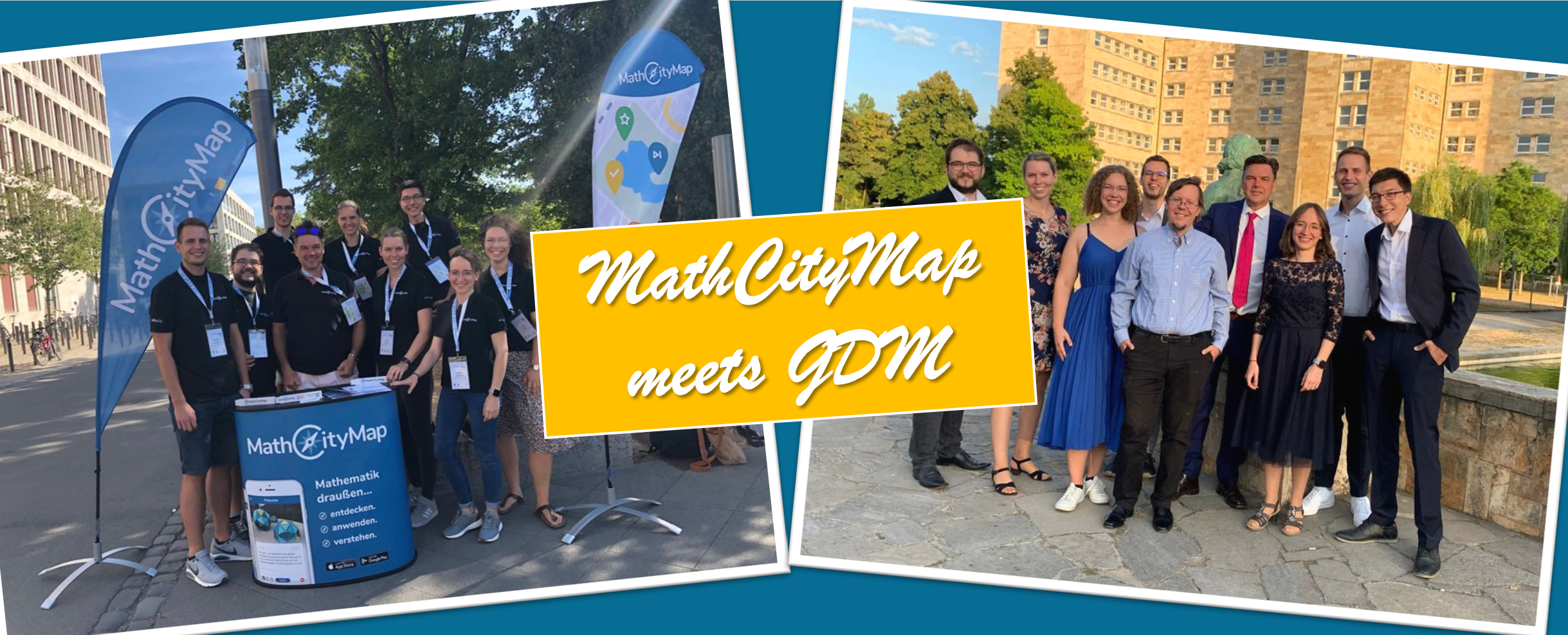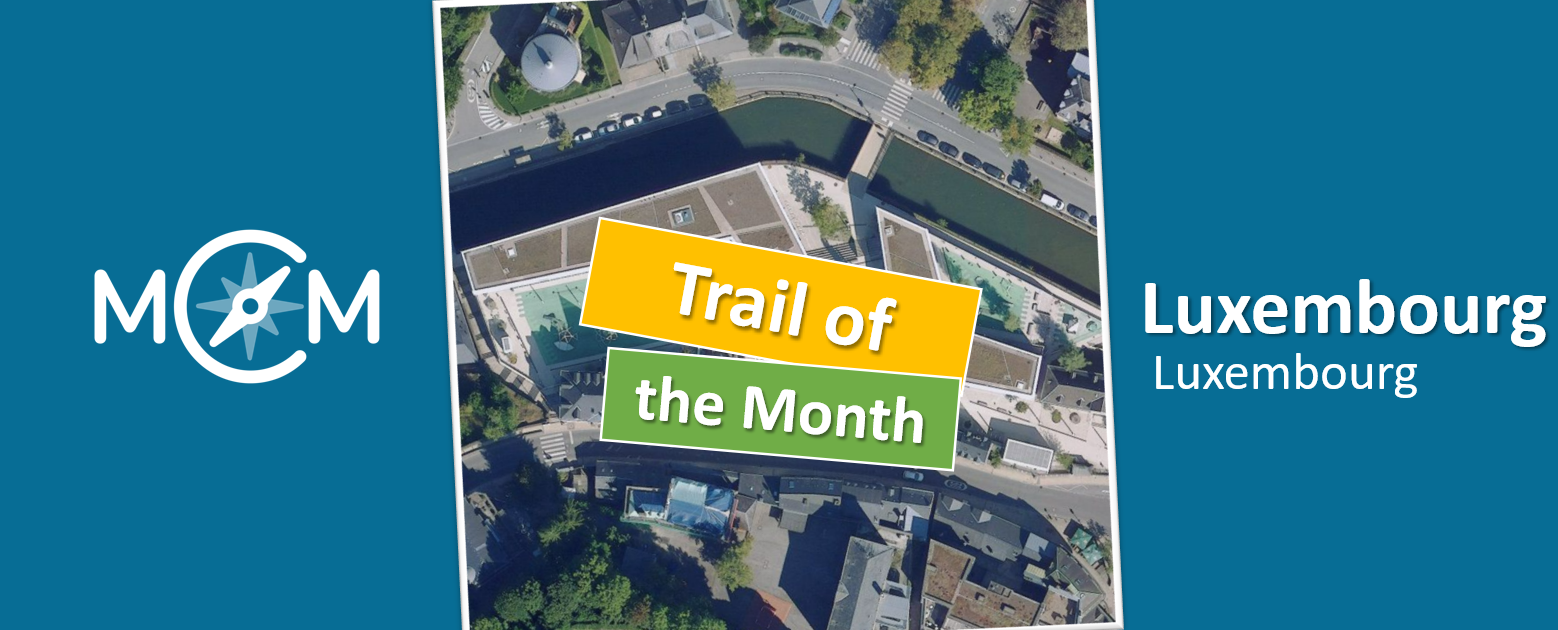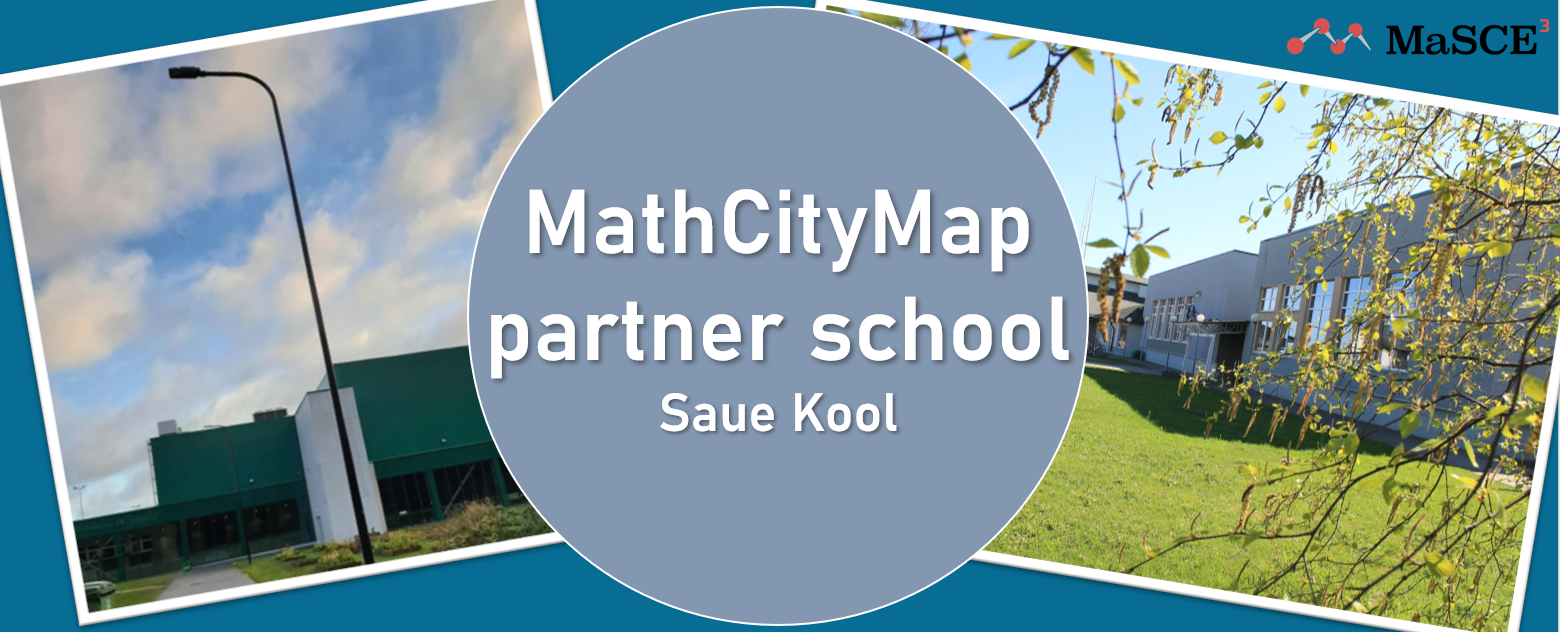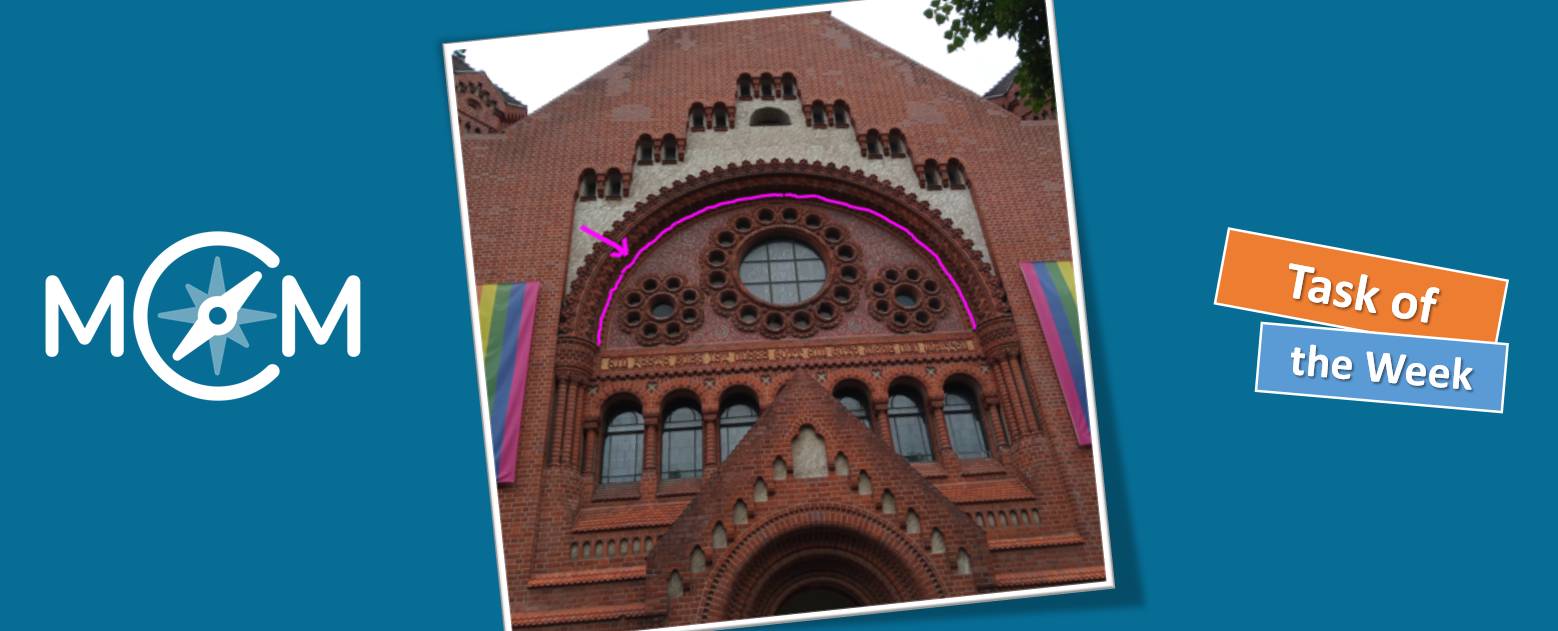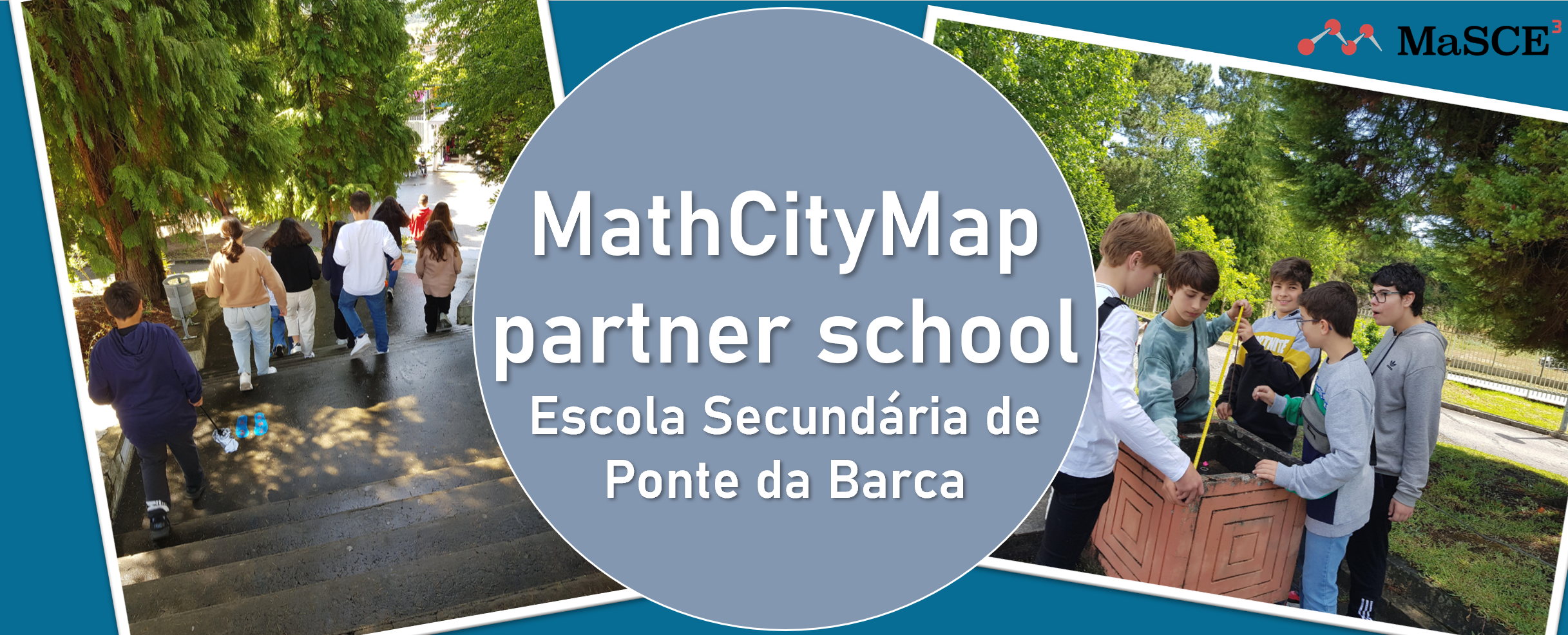Also in Italy, the partner school network is constantly growing and we are happy to welcome the “IISS Ettore Majorana” from the city of Brindisi as a new MathCityMap partner school. The application process was initiated by the local math teacher Giovanna Zito, who has already been using MathCityMap in class since 2019.
In addition to her work as a teacher, Giovanna Zito also coordinates the Erasmus+ project “Maths and Art”, in the context of which two of the three trails required for the application were also created in the vicinity of the school. She reports about this as follows:
“The project “Math and Art” is carried out together with schools from Finland, Spain, Portugal, Italy and Turkey and is based on three different activities in each partner school.
The most important of the three activities is the creation of at least one MathTrail with MathCityMap in each country. Mixed groups of students from the different partner schools test the trails and give feedback on their experience with MathCityMap. The created trails and the measuring materials, which are needed to solve the tasks, are also made available to the local tourist offices. This way, visitors of the different cities of the partner schools can get to know the respective place in a new way.
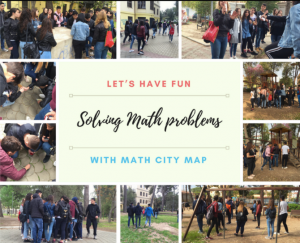
The Erasmus project is focused on mathematics and art. For this reason, two of the trails created consider two different historical periods: Ancient Rome and the Middle Ages. In the tasks of the trails some interesting facts and curiosities about mathematics, history and art have been deposited. Thus, the different objects are contextualized mathematically as well as artistically and historically.”
The created trails can be found under the following names and codes in the MathCityMap web portal:
- Passeggiando per i parchi (03636)
- Brindisi nell’Antica Roma (0311262)
- Brindisi medioevale (0511256)
The trails cover a wide range of topics, including geometry, functions and statistics. Furthermore, there will be translations of the trails into English, so that access to the trails is easily possible.
If you and your school would like to become part of the MathCityMap network, you can find all further information about the partner school program and the requirements for the application in the article about the first MCM partner school as well as on the homepage of our project MaSCE³.
